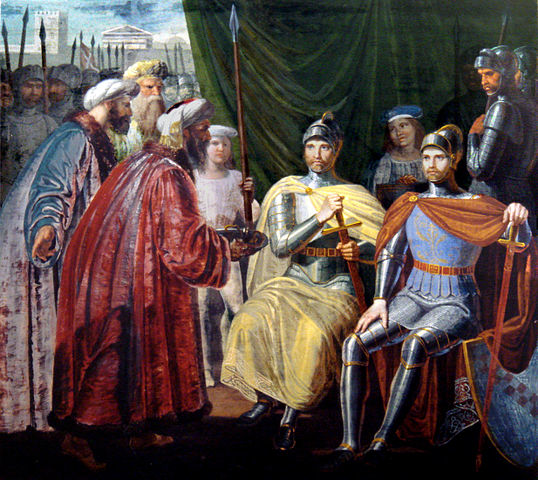Jeff Klein on Minnesota Hockey's Fair Play Point
+ Brandon Fuller
The authorities that govern contact sports leagues have to walk the fine line between encouraging sportsmanlike, physical play and discouraging the kind of excessive violence that leads to unnecessary injury. Nowhere is this challenge more important than in youth leagues.
Yet, because the athletes, coaches, and fans at all levels of contact sports pride themselves on toughness, the culture in such sports is resistant to rule changes that are perceived to “soften” the intensity of the game. Jeff Klein’s recent New York Times story about the success of Minnesota Hockey’s Hockey Education Program (HEP) demonstrates that properly designed and enforced rules can change the culture of play in a way that makes everyone better off.
Minnesota Hockey, the governing body that oversees competition for more than 60,000 youth and adult players in the state, implemented HEP in 2004. HEP emphasized on-ice safety and education for fans and coaches about injuries and comportment. The program also introduced a fair play point. Under the new rule, teams get two points in the standings for winning and one point for staying under 12 penalty minutes, whether they win or lose the game.
During the 1990s, a similar point system had worked to reduce injuries and increase youth league enrollment in Quebec. Minnesota Hockey’s efforts to copy the rule have led to comparable successes. Youth hockey registration is up in Minnesota and penalty rates are down sharply, particularly for uglier violations like hits to the head and checks from behind.
According to coaches in Minnesota, the fair play point discourages cheap shots, but the play is still physical and exciting to watch. The rule gives players an incentive to police themselves, not wanting to cost their team a point in the standings. Though the body that governs Minnesota high school hockey has not adopted the fair play point, the high school coaches see its impact in the cleaner and smarter play of their athletes. One can imagine the new style of play becoming so customary that future generations of Minnesota hockey players will observe fair play principles whether or not the point is at stake.
The fair play point was not popular at first. According to one coach quoted in the article, “A lot of people called them happy points and associated them with a kind of prissiness.” But Minnesota Hockey appears to be successfully using its authority to socialize players and parents to the new norms of play. Another coach described it to Klein this way:

